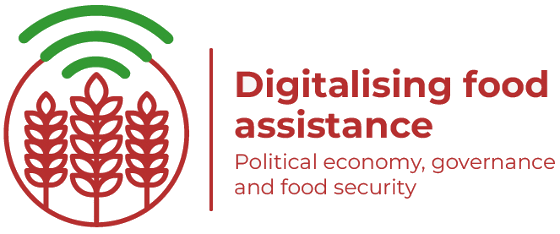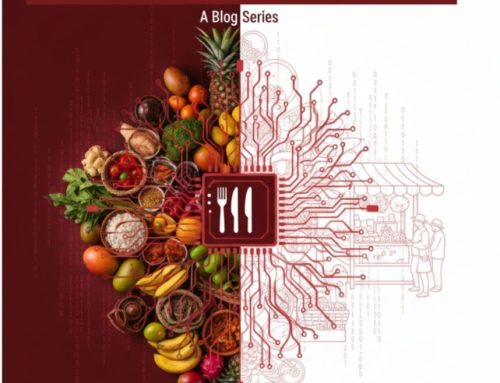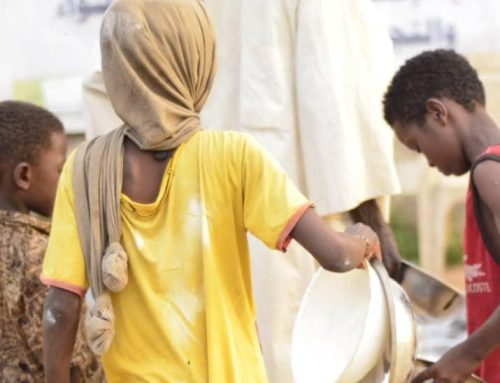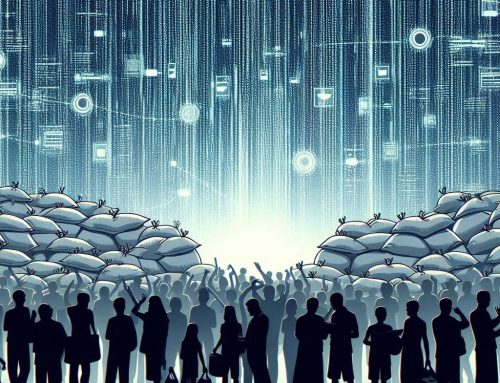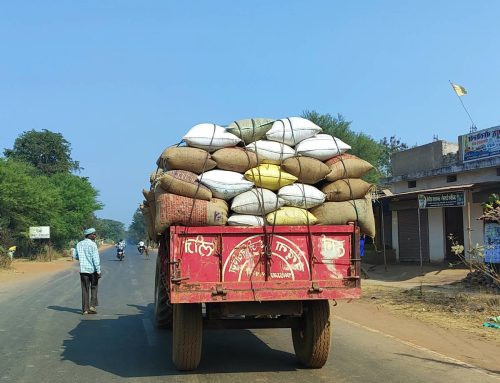Food aid and power in Sudan – time for continuity or change?
Authored by: Susanne Jaspars and Youssif El Tayeb,
Originally published on 1 March, 2021 by Conflict Sensitivity Facility Sudan
For the first time in decades, Sudan has a real opportunity for political and economic change. The 2019 revolution resulted in a transitional government committed to promoting human rights, negotiating peace and holding democratic elections. Conflict-sensitive programming is important at this moment because 1. The country faces multiple and interacting crises; political, economic, health, ongoing conflict and protracted displacement in Darfur, and refugee influxes. 2. Food aid is a key part of a large humanitarian response and has been much manipulated in the past, and 3. The new political environment means maximising positive impacts of food aid may actually be possible.
The 2021 UN Humanitarian Needs Overview estimates 13.4 million people in need of humanitarian assistance in 2021, almost a third of the country’s entire population. The food assistance response includes cash-based transfers and specialised nutritional products but food aid remains the main response in financial terms. While unusually large, the response is a continuation of the annual humanitarian response since 1984, and a longer history of receiving food aid since 1958 – two years after independence. Lessons from this period show us that food aid’s ability to save lives and support livelihoods can be undermined by the political and economic priorities of international and national actors, and logistical constraints.
The aim of this blog is to start a discussion on lessons learnt from food aid under Sudan’s previous regimes, whether and how food aid continues to play a role in Sudan’s political and economic processes, and its implications for conflict-sensitive programming.
Food aid can feed into inequality
Sudan has long been a highly unequal country, with wealth and power concentrated within a central elite. Sudan’s peripheries, including Darfur, Kordofan and Red Sea State (and southern Sudan before) have experienced protracted conflict, repeated famine and humanitarian crisis. Over time, food aid has fed into Sudan’s unequal development process by first explicitly supporting the state, and later through indirect budget support and support for government-alligned private sector institutions.
Food aid as state support included US food aid (at that time a loan, not a gift) as a foreign policy tool to counter Soviet influence in Egypt and later socialist regimes in Egypt and Libya, and early WFP project aid. US food aid formed the basis of an urban bread subsidy, with funds from its sale partly supporting commercial agriculture in central Sudan.
In the 1980s, with increased famine, refugees and war, food aid shifted to emergency response and to Sudan’s peripheries – distributed by international organisations. This was an important response to famine and crisis, but at the same time it maintained inequality. First because government manipulation of exchange rates meant food aid programmes (the main aid at the time) provided hard currency for Sudan’s Central Bank. Second, with the exception of Darfur in 2004-05, emergency food aid rarely reached crisis-affected populations in the quantities planned but did support government-linked companies in central Sudan (see below). With changing governance and new forms of aid and government revenue, how important is food aid as a resource to government and political parties and therefore its use as political finance or patronage?
How food aid can become part of political and economic processes
During Sudan’s crises, food aid has often been diverted to feed soldiers or to subsidise local government, and denied to contested areas. Local authorities and warring parties can manipulate food aid by stealing or taxing it, or inflating beneficiary numbers to get more aid. Also, control over food distribution can strengthen political status. These strategies were common in the long war in southern Sudan, and to a lesser extent in Darfur (for example in the camps or rebel-held areas). In southern Sudan, UN-led Operation Lifeline Sudan negotiated access to war-affected populations and developed ground rules to ensure aid was distributed according to humanitarian principles. Problems of diversion and exclusion proved hard to address, however, with existing unequal power relations and the Sudan government still denied access as a counter-insurgency strategy. How have, or how can, food aid strategies change to reduce this?
The restriction of food aid also has benefits for merchants and farmers. Under previous regimes, goverments and private sector benefited from famine as food prices go up, land or livestock is sold, and displacement – for example from southern Sudan to Kordofan – has created a source of cheap farm labour. In the 1980s and 1990s, food aid fed into this as government-alligned traders and transporters delayed food transport and delivered less than planned. An important issue to explore is whether markets are still being manipulated, why, and whether food aid is part of this.
Food aid comes with an entire logistics infrastructure. This means that even when food aid is succesful in meeting aid agency intended objectives, there will be other political and economic effects. In 2004/5, aid actors succesfully reduced malnutrition and mortality in Darfur but food also led to the massive expansion of three large government-linked transport companies. What is the role of these companies today? Who is transporting food aid now, and do they have links to political actors?
Food aid also comes with a range of policies and practices, including strategies to target those most in need. However, local power dynamics often means the politically vulnerable are left out or receive less than intended. In the past this has included displaced populations, nomadic populations, weaker or smaller tribes or clans. Targeting is a key part of current food assistance strategies. Key questions are therefore who controls or influences targeting practices, or who has the political leverage to determine who gets food. More specifically, what are the implications and the lessons for WFP’s strategy to target the most vulnerable in Darfur’s camps and for the planned cash transfers as part of the National Social Protection Strategy.
Today’s food aid practices is also ‘political’ in that they engage with individuals and influence their actions; for example targeted food aid may be linked with nutrition and hygiene education to promote resilience. However, focussing on the individual can take attention away from the more structural causes of hunger in Sudan, which are caused by long-term political and conflict trends. It also shifts the burden of managing hunger onto the most vulnerable. How can aid respond to the needs of the vulnerable, while neither ignoring nor perpetuating the very systems that create vulnerability?
The importance of food aid in Sudanisation, self-sufficiency and political control
Sudan’s regimes have struggled between needing food aid economically but also wanting to control it politically. They saw international food aid as a threat to national security, particularly when international organisations started bypassing government structures in the 1980s. They perceived it as undermining their control over populations and aims of self-sufficiency, and as supporting rebel movements. In the 1991 famine, Al-Bashir’s regime initially refused international food aid but it later sought ways to control it through country agreements, travel permits, access denials. The Humanitarian Aid Comission was the main government body in charge of food aid, and included national security and military intelligence agents.
An important part of control is Sudanisation, which originated in the 1980s but became more prominent in the 2000s. This policy included a national strategic reserve and government food aid, which in the early 2000s was possible because of oil revenue, and Popular Committees. The strategic reserve, however, did not stabilise food prices but benefited large traders and middlemen. Aid actors sometimes unknowingly purchased from the reserve, through their contractors. The food itself was used for politically-motivated government distributions. The transitional government also appears to have plans for a new strategic reserve. Al-Bashir’s Popular Committees were a way of promoting Islamist ideology and garnering political support at the local level – in part through food. In the 2019 revolution, resistance committees replaced popular committees – and now provide food at subsidised prices in ‘solidarity markets’. What are the current governments plans and thinking both on the control of international food aid, and for establishing its own food aid apparatus? Will humanitarian or political imperatives prevail?
Unless otherwise indicated, the contents of this blog is based on the book by Susanne Jaspars entitled Food Aid in Sudan. A History of Power, Politics and Profit. 2018. Zed Books.
Susanne Jaspars is an independent researcher and Research Associate at Food Studies Centre, SOAS, University of London. Youssif El Tayeb is Executive Director at the Darfur Development and Reconstruction Agency.
